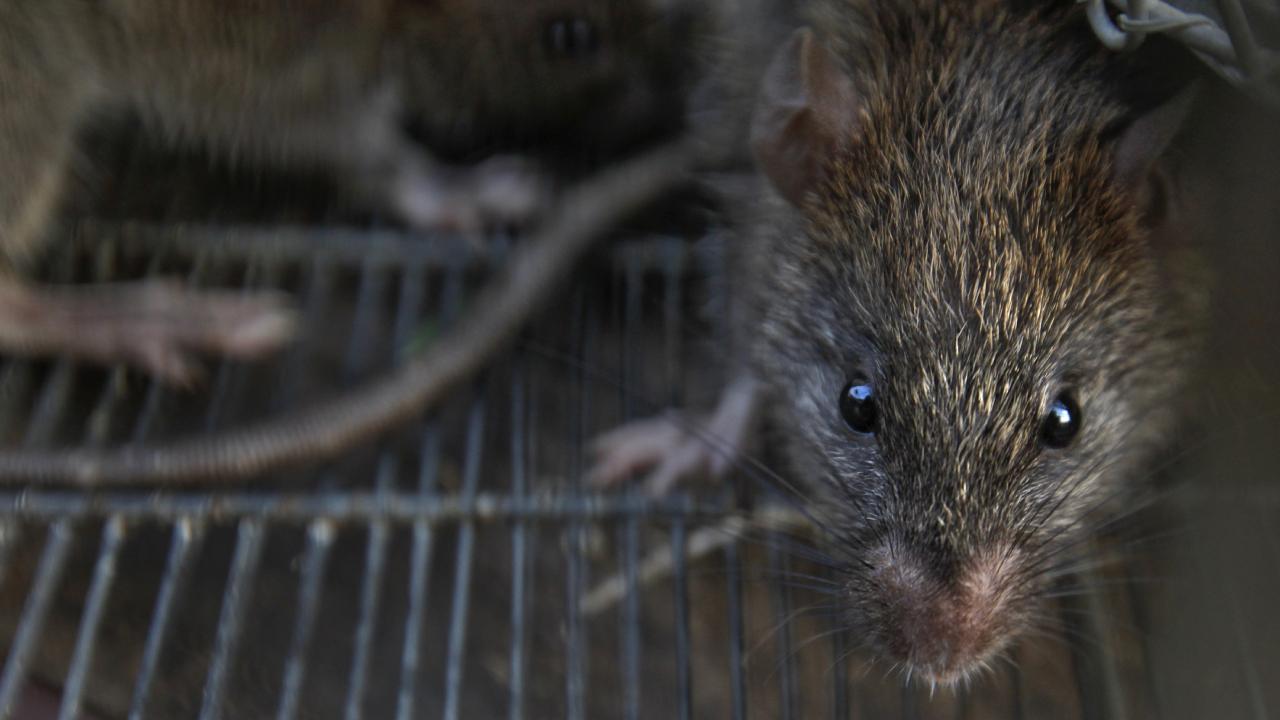For years, New York City, one of the most important cities in the United States, has witnessed a steady number of disease cases due to its persistent mouse population.
However, according to the city’s Department of Health, the number has recently increased, with 24 cases reported in just 2023, marking the highest number recorded in a single year.
In 2024, six cases were reported in just four months. Between 2001 and 2020, the city had seen only three cases per year. This comparison highlights the incredible increase in cases.
Birth control trials for mice
New York will attempt birth control for mice to combat the rodent population.
Birth control pills containing an active ingredient called “tripolide” will be placed in rodent reduction zones covering at least 10 city areas.
Pellets containing the active ingredient will sterilize both male and female mice and affect ovarian function and sperm production.
This is not New York’s first attempt at birth control for rodents. However, mice, capable of producing 15,000 offspring per year, have always prevailed.
$3.5 million mouse fund
Mayor Eric Adams, who declared war on mice when he took office, formed a special task force to address the increasing trash and mouse problem in the city and asked residents not to use plastic bags.
Adams said in a statement, “People need to connect the dots. Plastic bags mean rodents. Remove plastic bags from our streets, and you’ll make a significant contribution to reducing the mouse problem.”
The city also invested $3.5 million in the Harlem Rodent Reduction Zone, an initiative aimed at reducing the mouse population.
Officials noted a 20% decrease in mouse calls since the start of the efforts.
How do diseases spread from mice?
Leptospirosis is a potentially deadly bacterial infection that can be transmitted through contact with contaminated water, soil, or food via the urine of infected animals.
Animals susceptible to the disease include dogs, cattle, pigs, and horses.
In humans, symptoms such as fever, headache, chills, muscle aches, vomiting, diarrhea, cough, conjunctival fluid loss, jaundice, and rash may occur if infected.
According to the Centers for Disease Control and Prevention, if left untreated, the disease can lead to kidney damage, meningitis, liver failure, respiratory distress, and even death.




